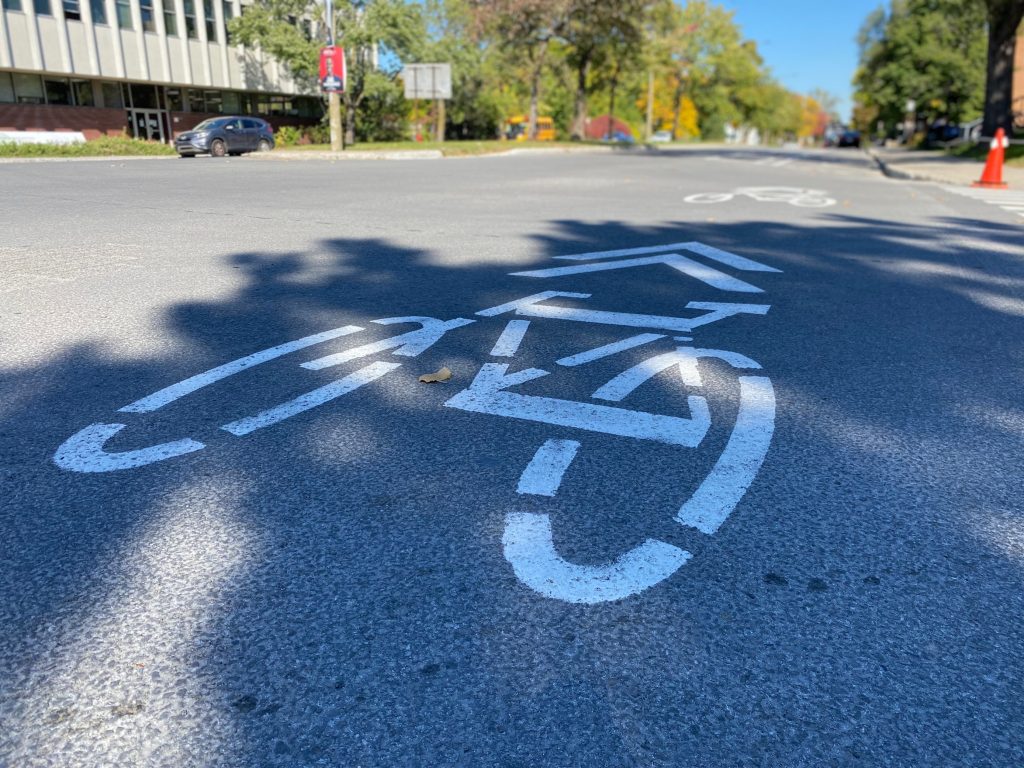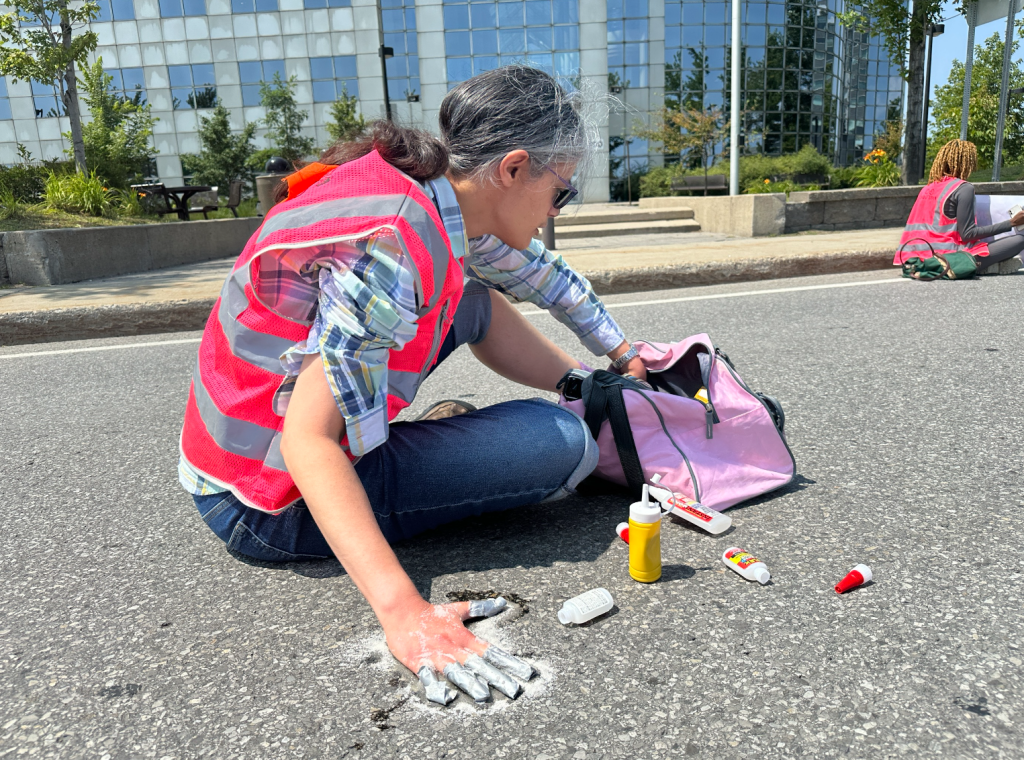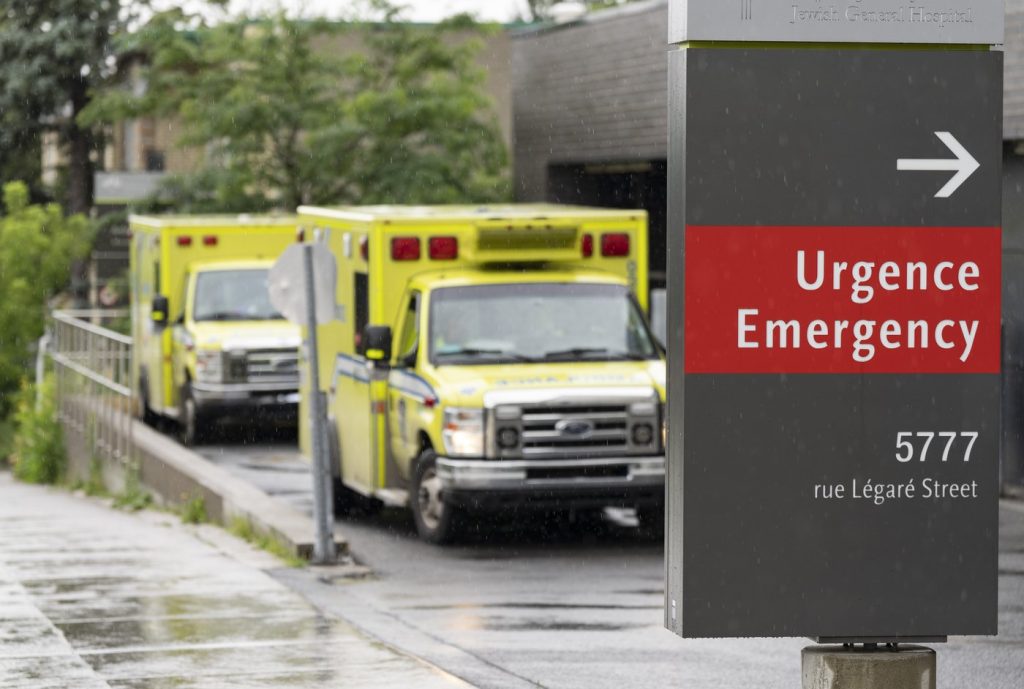Wireless sensor study at Montreal Children’s Hospital could have major global healthcare impact
Posted November 4, 2022 12:52 pm.
Last Updated November 4, 2022 6:30 pm.
It’s a first of its kind in Canada — wireless vital-sign sensors are being tested on newborns in the Neonatal Intensive Care Unit (NICU) at the Montreal Children’s Hospital.
In the new study dubbed ‘The Smart Hospital Project’, researchers at the Montreal Children’s Hospital will be comparing data from wireless, wearable vital-sign sensors and could have a lasting impact on the global healthcare system moving forward.
“Suppose we can show wireless, wearable vital-sign sensors are as accurate and safe as traditional technology. In that case, we will be much closer to ushering in a mammoth change in how we care for NICU patients. Indeed, in how we care for all patients,” said neonatologist Dr. Guilherme Sant’Anna, one of the Smart Hospital Project’s principal investigators.

Montreal Children’s Hospital. (Photo Credit: Pamela Pagano)
The wireless sensors being tested will allow nurses and physicians the ability to monitor their patient’s condition from anywhere, as well as alert them to changes more quickly.
The Smart Hospital Project has been made possible due to a $2.5 million donation from National Bank and some corporate philanthropists.
“The Bank is proud to team up with The Montreal Children’s Hospital as part of the Smart Hospital Project,” said Laurent Ferreira, President and Chief Executive Officer of National Bank. “This large-scale project has the potential to transform pediatric care while having a positive impact on the lives of young patients and their families. We’re pleased to support this groundbreaking initiative and want to highlight the exceptional work being done by researchers, doctors and the project’s entire team.”
Tech change
The children’s hospital says with current technology, newborns in the NICU have five to ten electrodes taped to them, a practice that’s been used since the 1970s.
The electrodes are then wired to “a wall of machines that monitor a newborn’s breathing, blood pressure, blood oxygen levels, heart rate, etc.”
“You need a sensor in the hand to give oxygen saturation, three sensors in the body of the baby to provide the heartbeat of this baby and another sensor here to give the temperature. So you can see there’s a lot of wires and cables,” explained Dr. Guilherme Sant’Anna, Neonatologist, the Montreal Children’s Hospital.
Nurses and doctors have noticed over time that the monitoring system can restrict the baby’s movement, damage skin, make simple tasks like feeding, changing and holding the baby more difficult and even could increase the risk of an infection.



How does this compare to what’s being tested?
The wireless test is made up of two sensors, one on the baby’s chest, and the other on either a wrist or ankle, like a bracelet.
“One sensor like this one will give temperature, breathing, heartbeat and another one will give the oxygen saturation. So basically, we are trading five sensors by two and no wires. To provide with one patch six, seven, eight vital signs and vital signs that we actually now don’t have the ability to detect. Like vowel sounds like air sound going to the chest,” added Dr. Sant’Anna.
The sensors then send a Bluetooth signal to the nursing station where it can be constantly monitored.
In addition, the wireless sensors can also provide additional data, including the baby’s movement.
Looking ahead on research plans

Montreal Children’s Hospital. (Photo Credit: Pamela Pagano)
As the Montreal Children’s Hospital and researchers from the Child Health and Human Development Program of the Research Institute of the McGill University Health Centre move forward with their study, they will test the wireless sensors on other units of the hospital.
“It is estimated 15 to 30 times less expensive than what we have now because those sensors have a life of one to two years. They can be re-utilized, they can be sterilized. Whereas now with the sensors and wires we have, every time you use a wire or a cable or a sensor, you need to just throw it away and put a new one,” explained Sant’Anna.
“This is medical care, Hospitalized patients, so we need to test for safety and efficacy extensively before we can adopt a new technology, but looks very promising.”
According to a release from the hospital, “the team will also work on developing automated signal processing and machine learning tools to help transform patient data into clinically meaningful information, which will then be transferred to a user-friendly dashboard that can be used for both clinical and research activities. Ultimately, the goal will be to bring the hospital to the forefront of the ever-growing information age by advancing it toward a wireless ‘Smart Hospital’.”
-With files from Pamela Pagano



